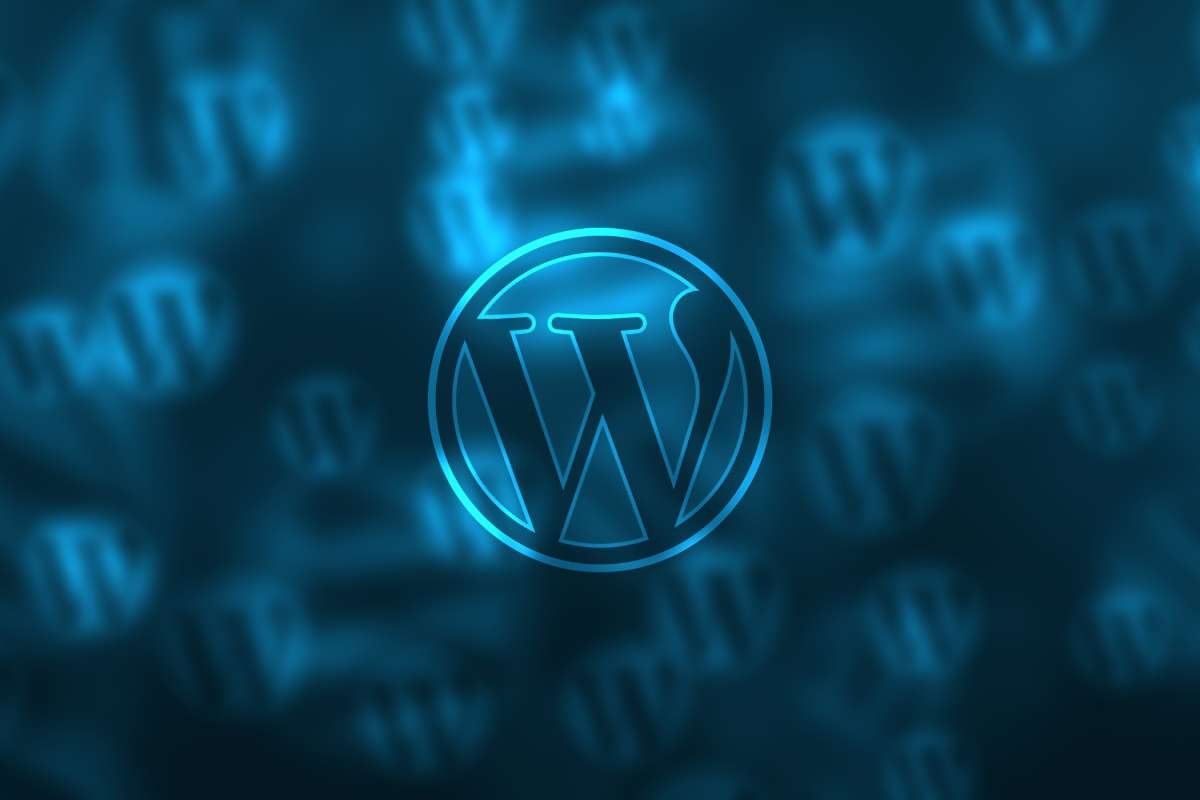Technology is the backbone of innovation, particularly in industries that rely on precision and efficiency. As we move further into the digital-first era, industries ranging from healthcare to manufacturing are undergoing a transformation. One such sector benefiting greatly from this shift is dentistry, where digital tools and techniques redefine patient care and streamline operations. From digital dental impressions to AI-driven diagnostics, the future of precision and efficiency in dentistry looks incredibly promising.
The Rise of Digital Dentistry
Digital dentistry is more than a trend; it’s a revolution. Traditional dental procedures, once dependent on manual processes, are now being replaced by digital tools offering unprecedented precision and convenience. At the heart of this transformation is the adoption of digital technologies that not only improve the accuracy of dental treatments but also enhance the overall patient experience. No longer are patients subjected to uncomfortable and often messy molds for impressions. Digital impressions are now a common practice, providing a more comfortable and quicker alternative.
Digital Dental Impressions: A Game Changer

One of the key innovations in digital dentistry is the development of digital dental impressions. Traditionally, creating a dental mold involved using putty-like materials that could be uncomfortable for the patient and often resulted in distorted impressions. These imperfections could lead to issues with fitting crowns, bridges, or other restorations. However, with digital dental impressions, this problem is eliminated. Dental professionals can quickly capture highly detailed and accurate representations of a patient’s teeth and gums using advanced scanners.
This technology offers multiple advantages. First and foremost, it saves time for both the patient and the dental professional. What would typically take several minutes to create with traditional molds can now be completed in a fraction of the time. Furthermore, the accuracy of digital dental impressions is far superior, reducing the risk of errors and ensuring that restorations fit better and more comfortably.
Enhanced Precision with 3D Imaging and AI

In addition to digital impressions, the use of 3D imaging is another game-changing development in the dental field. 3D imaging allows dental professionals to get a more detailed view of a patient’s mouth, including the bones, tissues, and teeth. This enhanced visibility offers more accurate diagnoses and treatment plans. Whether it’s for implant placements, root canal procedures, or orthodontics, 3D imaging provides a level of clarity that was previously unimaginable.
Moreover, artificial intelligence (AI) is playing a significant role in improving the precision of dental treatments. AI algorithms can analyze huge amounts of data, identify patterns, and assist in decision-making. For example, AI can help identify early signs of oral diseases like cavities or gum disease by scanning dental images for subtle changes. These tools not only assist in diagnostics but also enable personalized treatment plans tailored to each patient’s unique needs.
Streamlining Workflow and Improving Efficiency
The integration of digital tools into dental practices has led to substantial improvements in workflow efficiency. Digital records, for instance, eliminate the need for paper charts and manual documentation, making it easier to track patient histories and treatment plans. Additionally, automated scheduling, billing, and communication systems help streamline administrative tasks, reducing the overall time spent on non-clinical duties.
Another notable advancement is 3D printing, which is increasingly used to create crowns, bridges, dentures, and other dental appliances. 3D printing allows dental professionals to produce these items in-house, reducing wait times for patients and ensuring a higher level of customization and precision.
The Future of Dental Care: A More Precise and Efficient Experience

Looking ahead, the potential for digital technologies in dentistry seems limitless. We are on the verge of fully integrating AI, 3D printing, and other advanced technologies to further enhance patient care. As digital tools become more sophisticated, they will offer even greater precision levels, enabling treatments tailored to each patient’s specific needs. Additionally, the ongoing trend toward efficiency will continue to reduce the time and cost associated with dental procedures, ultimately improving the accessibility of dental care for patients around the world.
Summing Up
The digital-first era is shaping the future of dentistry in remarkable ways. With innovations such as digital dental impressions, AI diagnostics, and 3D imaging, dental professionals can provide patients with more precise, efficient, and comfortable care. As these technologies continue to evolve, they will undoubtedly play a key role in enhancing the quality of dental services and transforming the patient experience. The future of dental care is digital, and it’s here to stay.


















